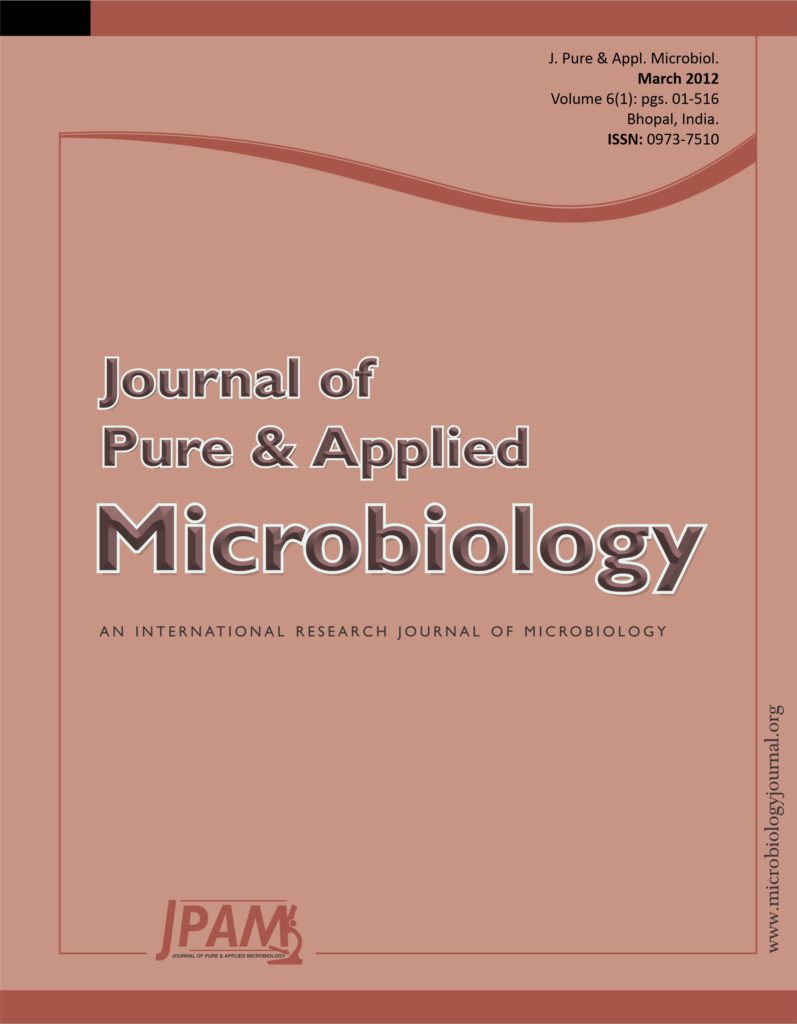Staphylococcus aureus, a common pathogen is well known for its multidrug resistance. Existence of MRSA is further worsened by inducible clindamycin resistance and emerging glycopeptide resistance. Our aim of the study was to detect inducible clindamycin resistance, vancomycin resistance and mupirocin resistance among MRSA isolates.
One hundred non-repetitive isolates were subjected to routine antibiotic susceptibility testing by Kirby Bauer’s disc diffusion method including cefoxitin disc for MRSA. Inducible clindamycin resistance was detected by D-test, E-test for vancomycin MIC and mupirocin resistance by disc diffusion. Twenty three isolates showed inducible clindamycin resistance, one showed constitutive resistance and three showed MS phenotypes. Inducible clindamycin resistance, constitutive resistance and MS phenotype were found to be higher in MRSA as compared to MSSA. Only one isolate with vancomycin MIC 4µg/ml by E-test was considered as VISA. Forty one isolates were found resistant to mupirocin, which is a cause for concern. Study showed that D-test should be included as routine disc diffusion test to prevent therapeutic failure with clindamycin.
Clindamycin resistance, D-test, mupirocin resistance, constitutive MLSB phenotype, inducible MLSB phenotype
© The Author(s) 2012. Open Access. This article is distributed under the terms of the Creative Commons Attribution 4.0 International License which permits unrestricted use, sharing, distribution, and reproduction in any medium, provided you give appropriate credit to the original author(s) and the source, provide a link to the Creative Commons license, and indicate if changes were made.


